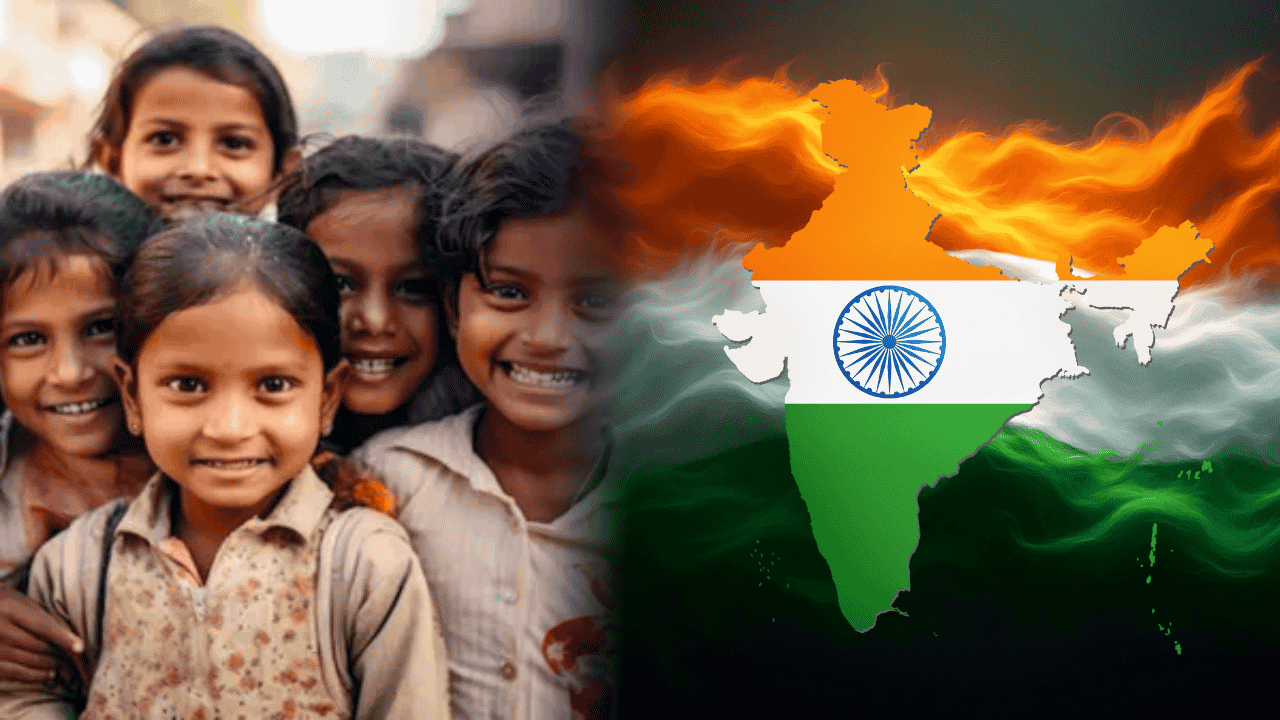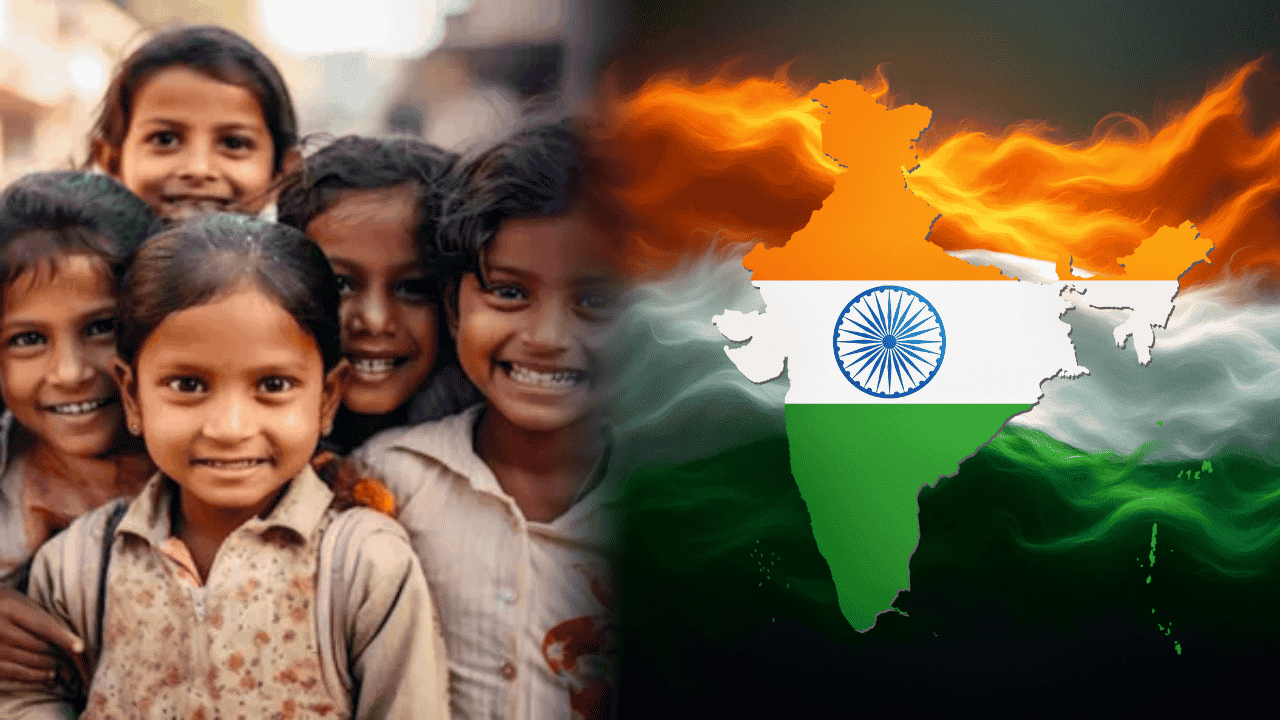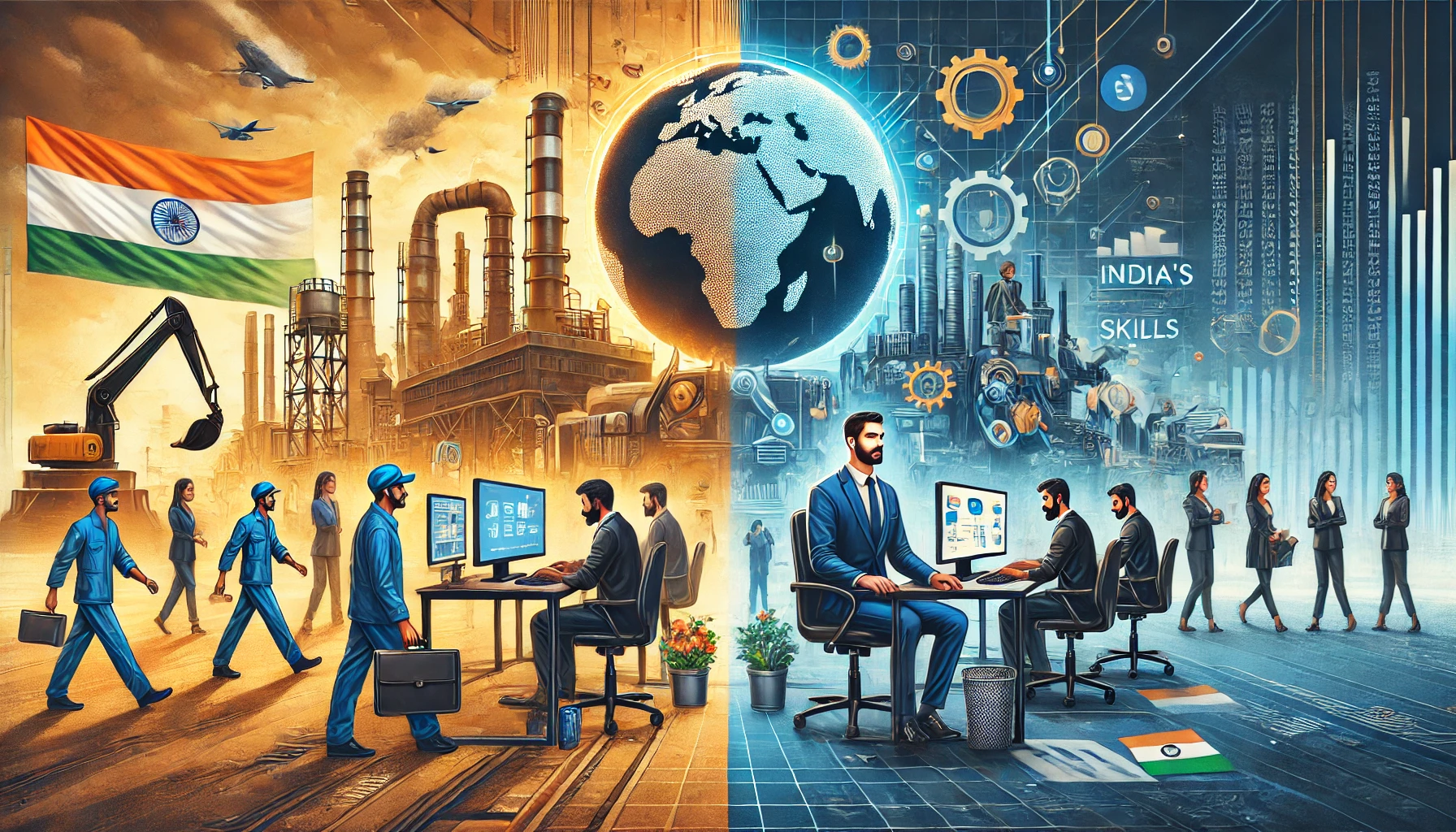Talent Shortage - A Global Challenge and India’s Golden Opportunity
Introduction
The global labor market is on the brink of a massive transformation. By 2030, the skills required for employment will be drastically different from today. A FICCI-KPMG study, Global Mobility of Indian Workforce, projects a global talent shortage of 85.2 million skilled workers, leading to an unrealized annual revenue loss of $8.45 trillion—equivalent to the combined GDPs of Germany and Japan. For India, this represents a tremendous opportunity to bridge the skills gap and emerge as the world’s leading supplier of skilled professionals.
Key Geographies with Workforce Demand
Several regions worldwide are facing acute labor shortages, with the Gulf Cooperation Council (GCC), Europe (including the UK), and Australia emerging as critical markets. While each region has unique workforce demands, healthcare, services, manufacturing, and construction stand out as the dominant industries requiring skilled professionals. Additionally, emerging technologies such as Artificial Intelligence (AI), big data, IoT, blockchain, and sustainability management are shaping global workforce trends.
Challenges Hindering Workforce Mobility
Despite the demand, multiple barriers restrict the efficient migration of skilled Indian workers:
Regulatory and Immigration Barriers: Complex visa policies and strict work permit regulations hinder workforce movement.
Recruitment Malpractices and Human Trafficking: Exploitative recruitment agencies and illegal practices put migrant workers at risk.
Policy Mismatches: Many Indian degrees, especially in medicine, lack international recognition, leading to underemployment.
Language and Cultural Barriers: Integration challenges affect workforce efficiency and productivity.
India’s Strategic Initiatives
To overcome these challenges, the Government of India has introduced various initiatives:
Bilateral Agreements and Free Trade Agreements (FTAs): India has secured partnerships with GCC nations to safeguard workers' rights, such as the Joint India-UAE Vision.
Skill Development Programs: Workforce training initiatives align Indian skills with global labor market needs.
Digital Workforce Platforms: Online recruitment systems ensure legal protections and prevent worker exploitation.
Key Strategies to Tap Global Demand
For India to maximize its global workforce potential, it must adopt the following measures:
Sector-Specific Training: Training programs should align with high-demand industries in target geographies.
Regulated Recruitment Practices: Strict oversight on recruitment agencies is necessary to prevent exploitation and trafficking.
Recognition of Qualifications: International collaboration should ensure mutual recognition of academic and professional credentials.
Public-Private Partnerships (PPP): The private sector must actively participate in global employment facilitation.
Circular Migration and Mobility Programs: Temporary work visas and rotational workforce models should be encouraged to meet global labor shortages.
India’s Competitive Advantage
Unlike many other nations, India does not face strong anti-immigration sentiments in global markets. Indian professionals are welcomed worldwide due to their skills, adaptability, and work ethic. However, to sustain this advantage, India must curb illegal migration and prevent workers from being exploited by unauthorized agents.
The Road to Viksit Bharat
India’s economic growth is directly linked to its ability to tap into global labor markets. Arvind Panagariya, Chairman of the 16th Finance Commission, estimates that India’s GDP could reach $9 trillion by 2030. This growth potential is closely tied to how much of the $8.45 trillion global labor shortfall India can capture.
Conclusion
The world is facing an unprecedented talent crisis, and India has a historic opportunity to position itself as the leading global supplier of skilled labor. With targeted workforce strategies, effective policy interventions, and international cooperation, India can not only fill the talent gap but also drive its economy towards becoming a Viksit Bharat.
Keywords:
Global talent shortage 2030
India’s workforce mobility
Skilled labor demand worldwide
India’s role in global labor markets
Free Trade Agreements (FTAs) and workforce
Job opportunities for Indian professionals abroad
Future of Indian workforce migration
Public-private partnerships in skill development
By Team Atharva Examwise








